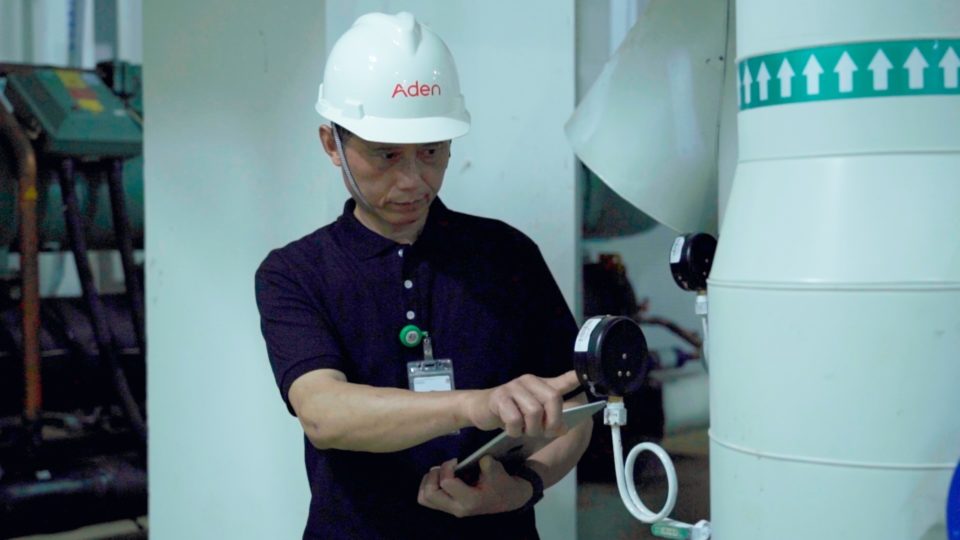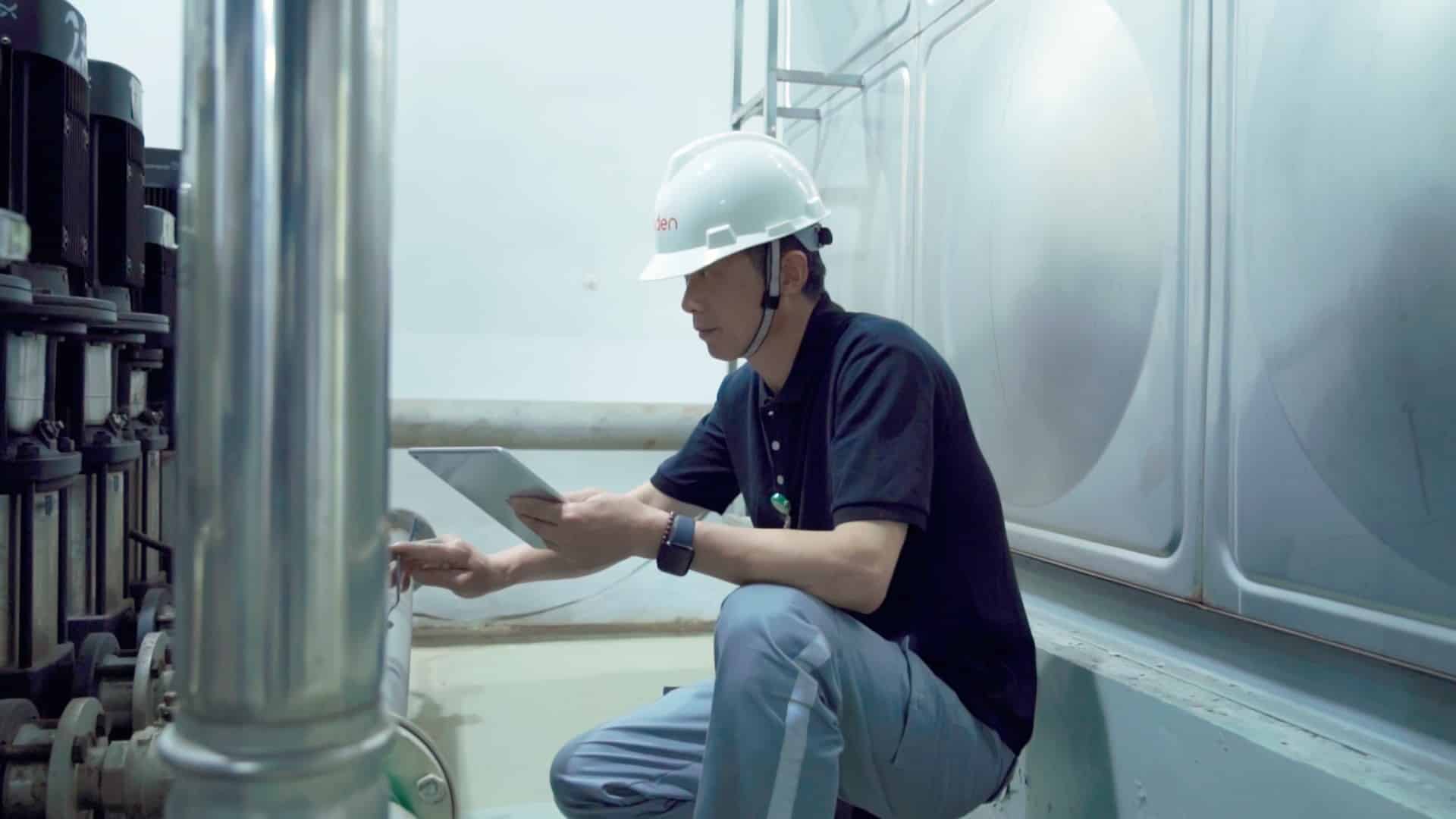Welcome back to the second part of our series exploring the unique value of asset-centric technical services. In Part one, we looked at compliance, measurement, and efficiency. Now we move on to Part Two and delve into our second pillar: risk control and risk optimization. Here, we will shed light on:
- What risk really means for business
- Why understanding real-site context is key to controlling negative risk
- How proper control and data around “negative risk” can lead to identification of “positive risk” that actually reduces maintenance costs while keeping your people, assets and business well-protected.
Decoding risk: what it really means for your business
Let’s begin by addressing the big question: What is risk in a business context? In the realm of technical services, risk essentially equates to uncertainty about achieving business objectives. This understanding takes us beyond the traditional notion of risk, which often revolves around tangible outcomes like equipment breakdowns, work stoppages, or penalties.
In technical asset management, our primary focus is mitigating negative outcomes. After all, even the most high-performance machinery doesn’t guarantee top-level performance unless paired with strategies for best practice in O&M. Proactive maintenance, vigilant oversight, and anticipation of breakdowns, paired with the proper data tools are integral to ensuring the smooth continuity of business operations and optimized levels of risk. Without these, businesses expose themselves to substantial dangers from (at the least) unexpected downtime and unnecessary costs, to (at the other extreme) major disruptions to business, reputational damage and accidents with substantial penalties and legal liability.
Why Asset-Centric Maintenance Wins
Before we progress, let’s briefly clarify the difference between traditional “process-oriented maintenance” and our approach of asset-centric maintenance. The former typically involves a one-size-fits-all approach, more often than not paper-based or just barely digitalized. Process-based maintenance tends to assess risk uniformly, regardless of the unique operational context at each facility.
Asset-centric maintenance, on the other hand, starts from principles of resilience and responsiveness, understanding the real conditions and the performance of critical assets must drive the maintenance plan. It also has these key features:
- It is highly data-driven in execution and decision-making, utilizing AIoT where appropriate and integrating mobile-based tools into the daily work of O&M.
- It is agile and adaptable, based on the insights and performance patterns revealed by the data
- It is well-aligned with ESG reporting frameworks, and deeply informed by the principles of ISO 55000:2014 (Asset Management), ISO 45001 (Occupational Health and Safety), and other recognized standards.
- It takes into account the “third dimension” of maintenance – context. In other words, it understands that the same piece of equipment may be non-critical in one facility, but enormously important in another, requiring a different level of risk management.
Context Counts: A Fresh Look at Risk Management
The asset-centric approach to technical asset maintenance takes a more nuanced view. Recognizing that not all assets are created equal, asset-centric maintenance places a significant emphasis on understanding the real-world context in which assets operate. This is because even seemingly ordinary items can become critical assets in a particular operational context, and require a customized risk management plan.
To take one real example from our clientele, consider an automatic door at an industrial battery plant. On paper, this door might rank among the least essential assets. In theory, a malfunction could cause inconvenience, but unloading and other work could simply be redirected to another bay for a time. This is the likely assessment in traditional process-oriented maintenance, and the door would rank far from critical-asset status.
Enter our factor x: context. In fact, the client had recently transitioned to electric batteries, changing the risk level and the automatic door’s need for attention in the maintenance plan. Left unattended, a malfunction could now lead to overheating and even a potential risk of fire at a critical entry point. In this case and in its specific location, the automatic door was identified for what it actually is: an essential asset requiring appropriate risk management.
This, of course, is just one example among many instances of risk that are easily overlooked but essential to recognize if risk is to be properly managed. The magic formula could read: asset + data + context = risk control

Managing Your Negative Risks: The First Step
The first part of our risk control strategy focuses on managing negative risk. Powered by our digital platform, we can employ a range of maintenance levels, from inspections and preventive maintenance to, increasingly, predictive maintenance. Our aim is to reassure our clients that they can run their operations safely and efficiently. We turn risk from an unforeseeable threat into a manageable factor in which all relevant contributors to risk are identified, tagged to the specific asset with specific coordinates, and then tracked and serviced according to data-based simulation and conditions.
It is extremely to recognize this process for what it is – not an added cost but essential insurance in business outcomes. The consequences can be appalling if the risk is ignored. For example, there are many instances where the cost of one day-long shutdown has exceeded the company’s annual maintenance budget. Investing in risk prevention and control is never a luxury—it’s a necessary strategy to ensure business continuity and completion of objectives.
Turning to Positive Risk: The Opportunity Uncovered
Once negative risk is under control, we can turn our attention to “positive risk.” This term may sound like a contradiction, but it is very real. Positive risk refers to potential operational cost savings that can be realized when activities become less sensitive to certain risks or assets. It’s not about recklessly seeking risks but rather optimizing the response based on a well-informed understanding of asset behavior and performance.
It is important to understand that leveraging positive risk comes in a sequence. First, negative risk must be controlled, and data must be systemically collected and analyzed. But as the data from the floor drive insight into the assets and their associated risks, we can make informed decisions to optimize operations and potentially reduce costs. A failing pump in a water treatment facility, for instance, might traditionally be replaced immediately. However, with our deep understanding of the asset’s context, we might deduce that a less frequent but higher capacity operation could achieve the same performance, thus reducing overall energy and maintenance costs.
This approach turns the management of negative risk into a virtuous cycle where understanding and control lead to uncovering opportunities associated with positive risk.
In closing: Leveraging risk management for secure operations
In conclusion, risk control is the guiding star of asset-centric maintenance. The optimized management of both negative and positive risks allows businesses to operate more confidently, efficiently, and profitably.
Our asset-centric maintenance approach isn’t just about keeping things running; it’s about understanding the complex interplay of assets within their operational context and using this insight to deliver superior value and resilience.
Stay tuned for part three of our series, where we’ll continue our exploration of the unique value of technical services.
